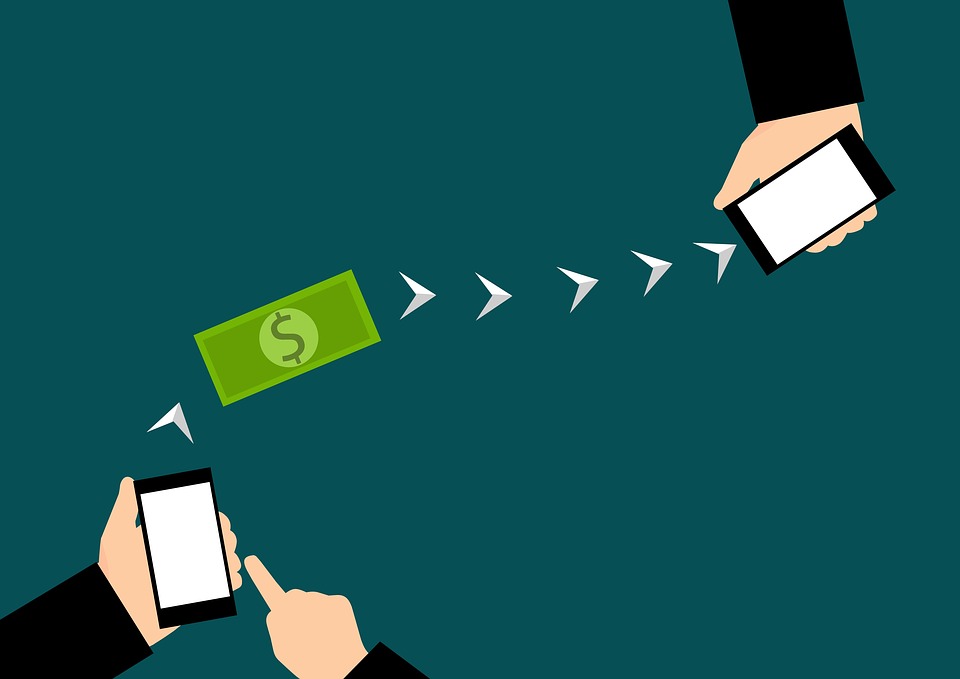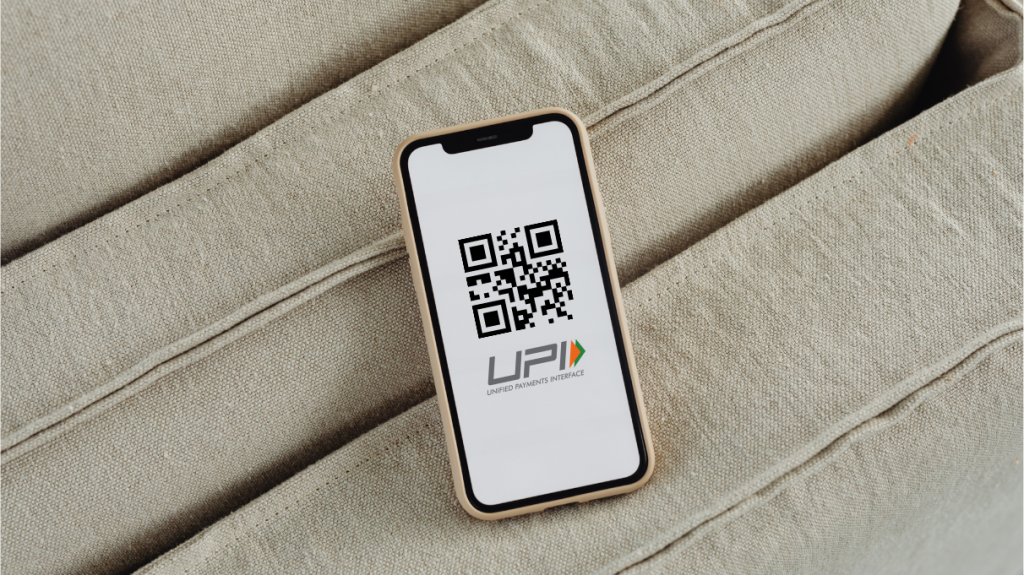So what is this buzz about the ‘UPI Charges’?
Well, to start away, let’s talk about what UPI is…
Unified Payments Interface (UPI) is a revolutionary payment system that has transformed how people transfer money in India. It’s an instant real-time payment system developed by the National Payments Corporation of India (NPCI). It facilitates inter-bank transactions by instantly transferring funds between two bank accounts on a mobile platform.
According to WION, In the fiscal year 2017-2018, there were 20.7 Billion digital transactions done in India.
this figure jumped to 81.9 Billion in the fiscal year 2021-2022 which contributed around 40% of all payments done.
These numbers currently are doubling each year, whereas it is expected that 2 out of 3 transactions will be done digitally by the year 2026.
and… What is PPI?

The concept of Prepaid Payment Instruments (PPIs) are instruments that facilitate the purchase of goods and services against the value stored on such instruments.
However, the UPI governing body has recently announced that for amounts over Rs 2,000, transactions using PPIs on UPI will have to pay 1.1% of the transaction value. This change in policy is set to take effect from April 1, 2023.
This new policy will significantly impact how people use PPIs for transactions over Rs 2,000. It’s important to note that this policy change is not permanent and will be reviewed again by September 30, 2023.
Also Read: Revolutionizing BFSI: How ChatGPT and AI are Disrupting the Industry
So Who pays and who doesn’t? This is What you need to know
Generally, Customers and Merchants who use payment apps or platforms like Paytm, PhonePe, Google Pay, BharatPe, etc. often process UPI transactions in which, the merchant’s bank pays the payer’s bank an interchange fee.
Small, Medium and Large Merchants are liable to be charged 1.1% per transaction that exceeds Rs. 2000, and the charges are as follows for different types of merchants.
- Fuel: 0.5%
- Telecom, Post Office, Education, Agriculture: 0.7%
- Supermarket: 0.9%
- Government, Railways, Mutual Funds, Insurance: 1%
- Convenience stores, speciality stores, retail outlets: 1.1%
NPCI’s decision to charge this fee aims to boost revenue for banks and payment service providers struggling with high UPI transaction costs.
NPCI Press Release: UPI is free, fast, secure and seamless
— NPCI (@NPCI_NPCI) March 29, 2023
Every month, over 8 billion transactions are processed free for customers and merchants using bank-accounts@EconomicTimes @FinancialXpress @businessline @bsindia @livemint @moneycontrolcom @timesofindia @dilipasbe pic.twitter.com/VpsdUt5u7U
Significantly, according to the NPCI, the new policy change will only affect PPI merchant transactions and not customers. This means that there will be no charges for account-to-account UPI-based payments, even if the amount exceeds Rs. 2000 for a transaction on such platforms.
Also Read: How Artificial Intelligence is Revolutionizing Fraud Detection in BFSI
and then how will it affect merchants and customers?

The recent announcement of the UPI charges policy has created a buzz among customers and merchants who use the above-mentioned platforms or are directly involved in the process of sending or receiving payments digitally through UPI.
While the policy change may impact how people use PPIs for larger transactions, it’s important to understand that the 1.1% transaction fee will only apply to PPI merchant transactions, not customers.
This means that customers’ payments, will not be charged or have any other adverse effect of using UPI for transactions.
In conclusion
To avoid confusion and panic, it’s crucial to stay informed and not fall for fake news or rumours about UPI charges. Always verify information from reliable sources.
As the UPI charges policy takes effect from April 1, 2023, it’s natural for customers and merchants to have concerns about its impact. However, NPCI has confirmed that customers will not be levied any charges.


